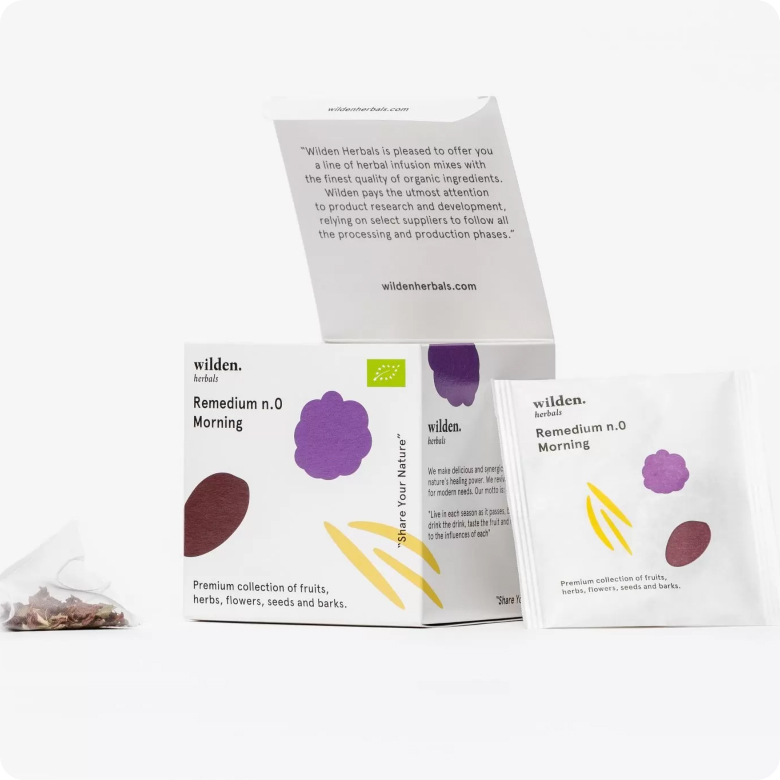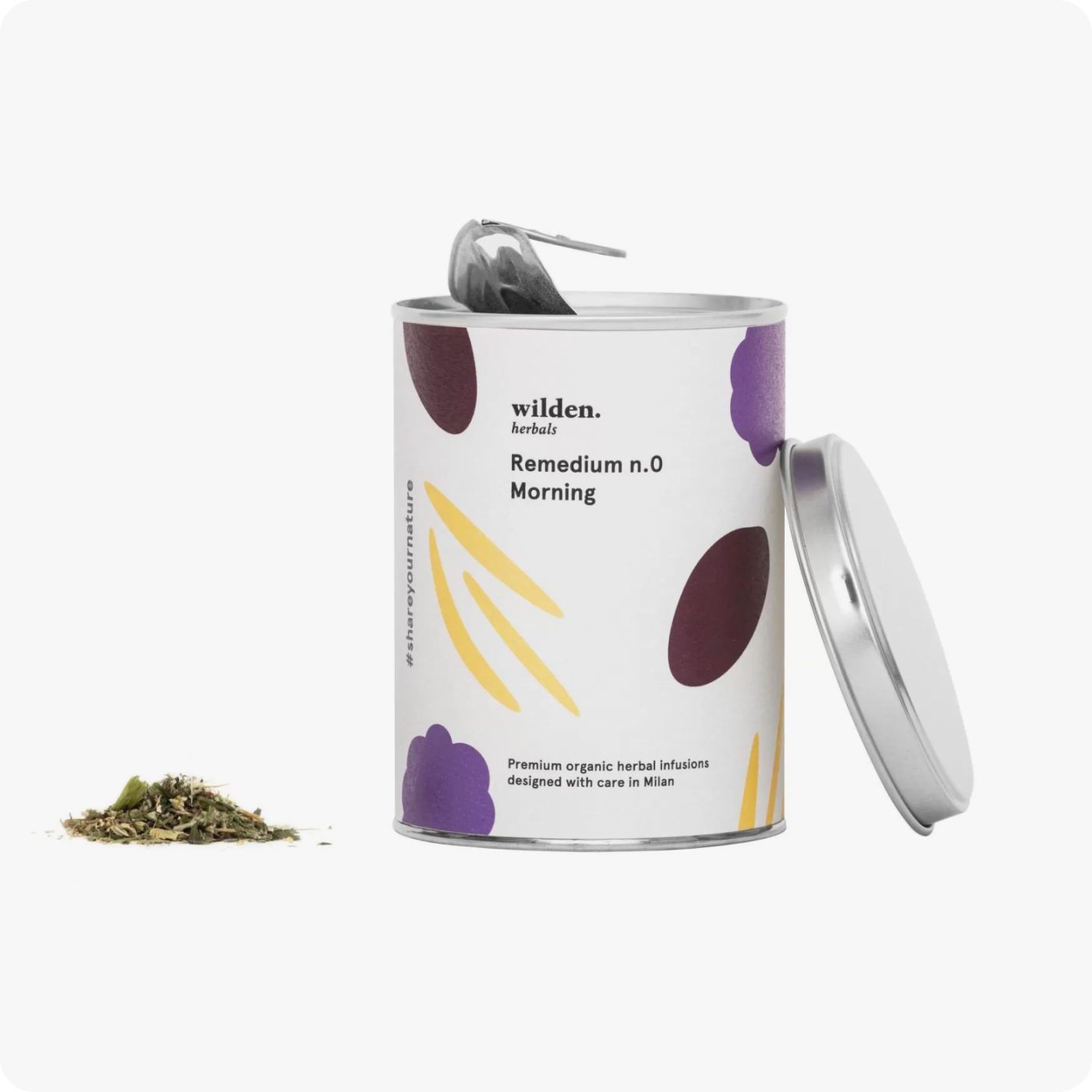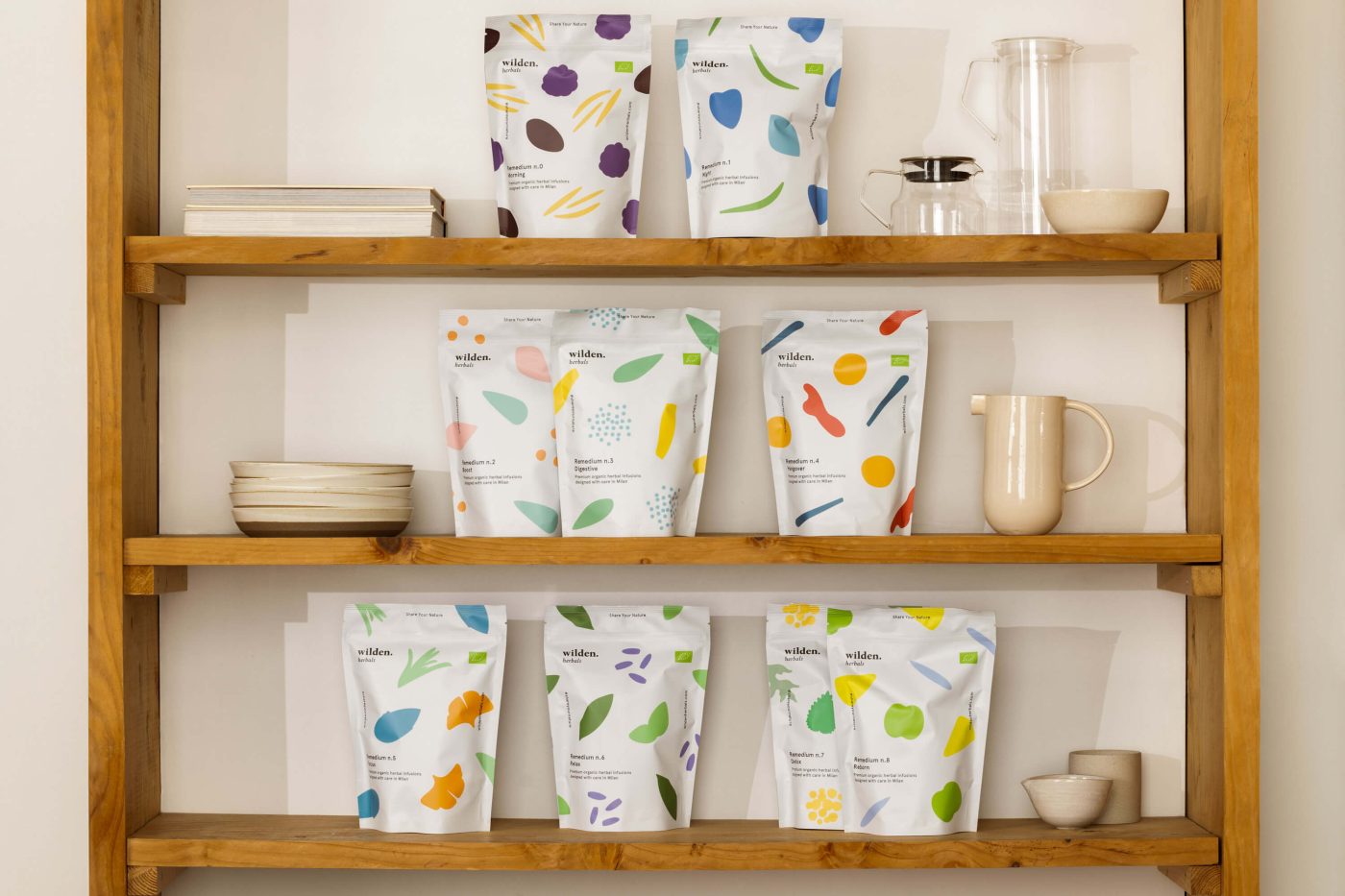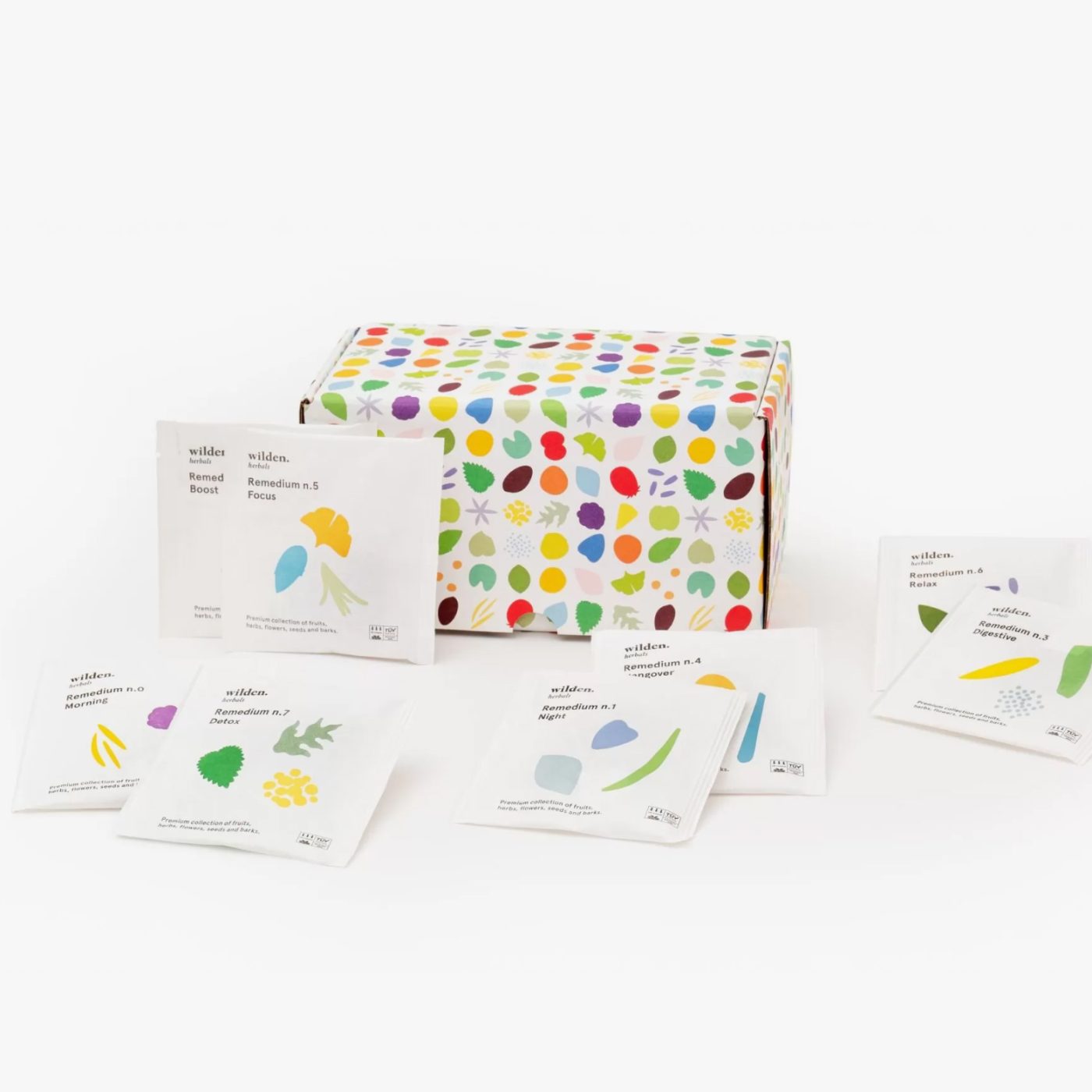Wilden Tales: the wilderness within us
What does wilderness mean? What meaning can we give to the word wilderness? What is wild in our lives? Serena Tornusciolo's words inaugurate a new format of stories about the concept of wilderness: WILDEN TALES.
Moving is never easy, you know. Especially in the case where the choice falls on a half-abandoned hillside, in a tiny hamlet of a small village in an Abruzzo valley. Yet, attracted by a healthier and wilder life, enriched by a sense of seeking the unknown, we soon took possession of what would soon become our new home.
After a week, the lockdown. Like everyone else, we were not at all prepared for this eventuality: the lack of knowledge of the community, mixed with the enchanting solitude of the hill, ended up generating a sense of deep disquiet.
The house of almond trees
The “almond tree house” soon became the abode of a surreality in which we became trapped. Privilege silently gave way to anguish; loneliness ambushed us. The same questions came back to haunt me: ” What does wild mean? And where is it found? “. After these initial moments of disbelief, there was a realization and nature with all its power extended its hand to us.

Zuzzurellare in nature
So I began zuzzurelling-as some native suggested-in the meadow around the house, which has been uncultivated for many years and has given us a variety of vegetables. I continued on, then, along a rocky slope to pick the first wild asparagus, until I reached the banks of the river, where horsetail shoots and water celery with its peculiar flavor, with balsamic notes of celery, fennel and hints of licorice, stood out. I observed nature and how in a few kilometers it changed its appearance and the vegetation with it. The days were enriched by small gestures, such as going out into the wild garden at home and noticing how a plant evolved as it grew. This gave me strength in facing the distancing from humans. I felt that an exchange of energies was taking place between the plants and me. I began to feel less loneliness and tried to grasp the essence of living with nature.

Herb harvesting
During herb harvesting, a careful reading of nature takes place with one’s eyes on the ground. What might have seemed to the distracted eye to be just an expanse of blades of grass adorning the valley suddenly became a multitude of raw materials that Mother Nature had taken complete care of. The jagged outline of dandelions and poppies alternated with the contours of silene and plantain. The first flowers to appear during the warm days of quarantine were those of mallow and chamomile, which with I picked and left to dry in anticipation of the cold winter evenings. This was followed by elderflowers and locust tree, which we consumed fresh during our meals and some preserved in flavored vinegars and kombuche. Next came the mulberries and wild black cherries and then the harvesting of green walnuts for the traditional nocino on the night of June 24.
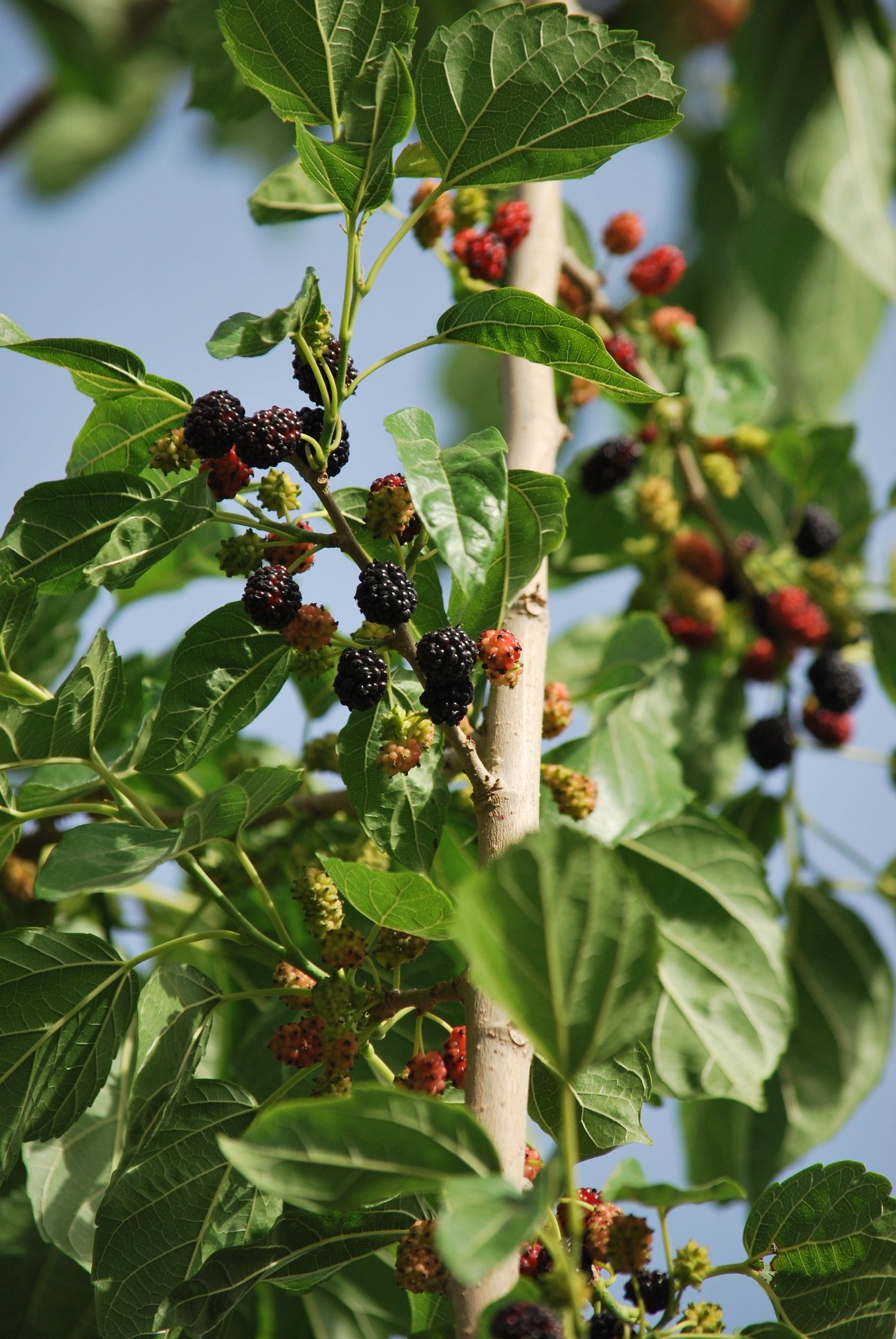
Wilderness Awareness
This period of approaching and recognizing wild plants was more than foraging, it was getting in touch with the land I was treading and finding a nonverbal language with which to communicate with it. Was this perhaps that sense of wilderness? Of wildness? As William Cronon says in his essay “The Trouble with Wilderness; or Going Back to the Wrong Nature” we should note that true wilderness is found within us and not outside.
It is nothing more than a certain kindness that allows you to find a guiding spirit in the nature that surrounds us. We can no longer think of the wilderness as a boundary between us and the world or as a product to be consumed: wilderness is not distance, but is an intimate sense that allows us to rediscover our role in everyday life and heal our wounds.
Words by Serena Tornusciolo for Wilden


